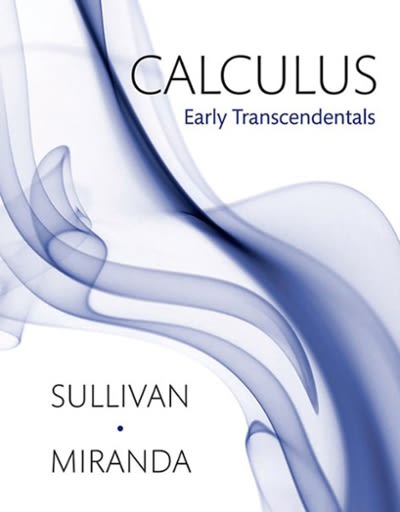Question
Twenty students took part in a study whose purpose was to highlight the relationship between number of beers consumed and blood alcohol content measured 30
Twenty students took part in a study whose purpose was to highlight the relationship between number of beers consumed and blood alcohol content measured 30 minutes later. The study was a part of a university's "don't drink and drive" campaign. Each student was (randomly) assigned a number of beers to consume, and then 30 minutes later their blood alcohol level was measured. The number of beers (BEERS) consumed ranged from 1 to 9, with a mean of 4.55 and a standard deviation of 2.31. The blood alcohol (BAC) measurements ranged from 0.03 to 0.22, with a mean of 0.0978 and a standard deviation of 0.0479. A simple linear regression was run with BAC as the dependent variable and BEERS as the independent variable with the following results. You may assume that all of the standard assumptions underlying a regression are satisfied. For each question, explicitly state the degrees of freedom if necessary.
Regression Statistics R R Square Adj.RSqr StErr of Est 0.934 0.873 0.866 0.0180 Summary Table Variable Coeff. Std.Err. Intercept 0.0097 0.0089 BEERS 0.0194 0.0017 (a) Write down the estimated regression equation. (b) Test the significance of the model at the = 0.02 level. (c) Use the regression output to estimate a 80% prediction interval for the blood alcohol content of an individual who had 4 beers 30 minutes ago. (d) The Dean of Students claims that each beer increases the blood alcohol content by at least 0.02. Is there sufficient evidence to reject that claim at the = 0.1 level?
Step by Step Solution
There are 3 Steps involved in it
Step: 1

Get Instant Access to Expert-Tailored Solutions
See step-by-step solutions with expert insights and AI powered tools for academic success
Step: 2

Step: 3

Ace Your Homework with AI
Get the answers you need in no time with our AI-driven, step-by-step assistance
Get Started


